

The Ultimate Guide to Irrigation Booster Pumps: Boosting Efficiency and Productivity
Farmers, landscapers, and property managers often struggle to maintain adequate water pressure in irrigation systems. Without consistent pressure, water distribution becomes uneven, leading to poor crop health, inefficient resource usage, and potential damage to the irrigation infrastructure. These issues can hinder productivity and increase operational costs, making it essential to adopt effective solutions.
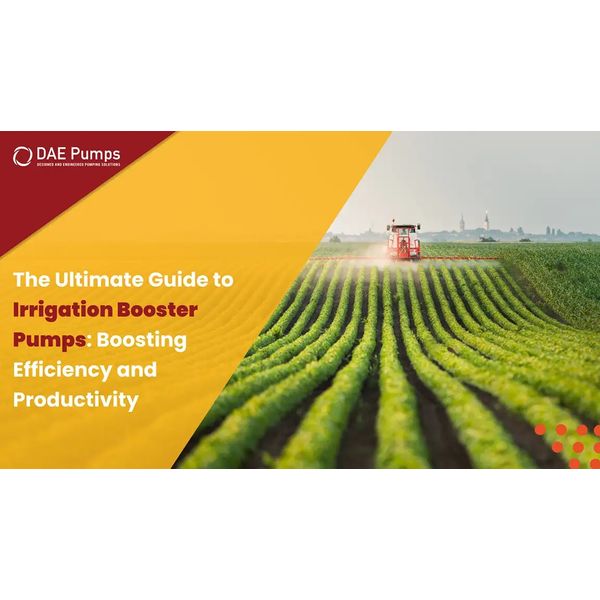
Fortunately, an irrigation booster pump provides a reliable and efficient way to address these challenges. These pumps are designed to ensure optimal water flow and pressure across various terrains and applications, regardless of the complexities of the irrigation system. This comprehensive guide explores the ins and outs of an irrigation booster pump, from its key components and benefits to installation tips and industry trends. Whether you’re managing an agricultural field, a golf course, or a residential garden, understanding these pumps can transform your irrigation practices, boosting efficiency and productivity while conserving resources.
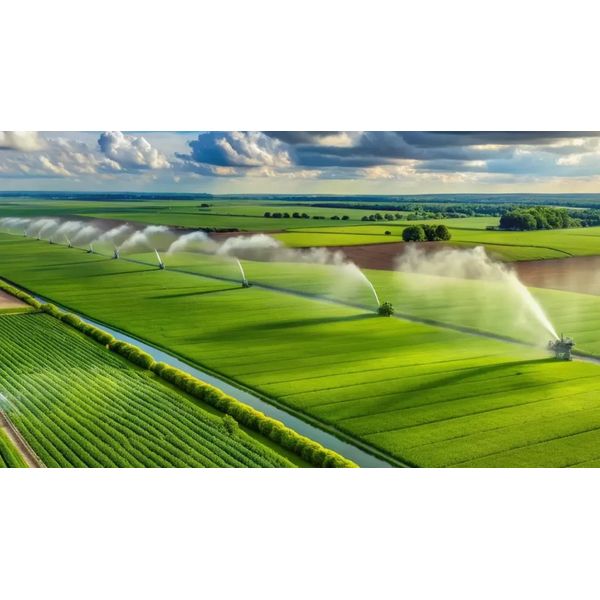
An irrigation booster pump is a specialized device engineered to enhance water pressure in irrigation systems. It is particularly useful in scenarios where the primary water source lacks sufficient pressure to meet the system’s requirements. By increasing the water pressure, a booster pump ensures that the system operates effectively and that water reaches all intended areas.
Key Components of Booster Pumps
To understand how these pumps work, it’s essential to familiarize yourself with their key components:
Pump Housing:
Encases the internal components, protecting them from external elements and ensuring durability. High-quality housings are typically made from corrosion-resistant materials like stainless steel or heavy-duty polymers, making them ideal for outdoor use.
Impellers:
These rotating blades drive the water through the pump, increasing its velocity and pressure as it moves through the system. Impellers come in various designs, such as closed, semi-open, or open types, each suited to specific applications and fluid types.
Motor:
The motor powers the pump, typically using electricity, diesel, or gasoline. Advanced motors may include features like thermal protection to prevent overheating and energy-efficient options to reduce power consumption.
Control Panel:
This interface allows users to manage the pump’s settings and monitor performance. It often includes digital displays, programmable timers, and pressure control functions for precise operation.
Pressure Sensors:
These sensors regulate water flow by detecting pressure levels and making real-time adjustments to maintain consistency. Some systems incorporate advanced pressure sensors capable of detecting minute fluctuations to optimize performance.
Integration with Irrigation Systems
A booster pump for irrigation systems is highly versatile and can be integrated into various setups, including:
Drip Irrigation Systems:
Ensures precise water delivery directly to plant roots, minimizing water waste and enhancing soil moisture retention. A boost pump can handle the low-pressure demands of drip systems while maintaining consistent output.
Sprinkler Systems:
This system provides consistent pressure for uniform water coverage across lawns, gardens, and fields. This is particularly crucial in larger systems, where uneven pressure can lead to dry spots or overwatered areas. The booster irrigation pump supports systems with varying layouts to achieve seamless operation.
Flood Irrigation:
Enhances the flow for large-scale agricultural applications, improving water delivery efficiency. A booster irrigation pump can effectively handle the high-volume demands of such systems, ensuring even distribution of water in extensive fields.
Center Pivot Systems:
Ensures that water pressure remains consistent throughout the pivot’s rotation, even in fields with elevation changes or extended reaches. A booster pump for irrigation systems is particularly advantageous for maintaining uniform crop hydration.
By complementing existing systems, a booster pump for irrigation systems not only optimizes performance but also extends the lifespan of irrigation equipment by reducing stress on components.
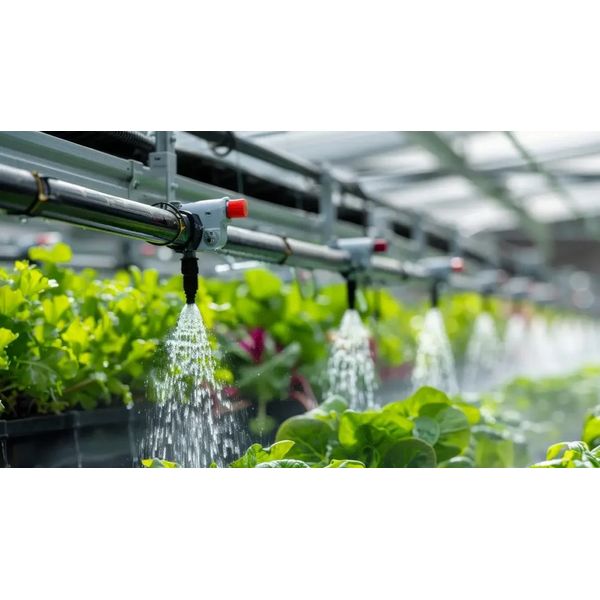
An irrigation booster pump’s advantages extend beyond enhancing water pressure. These devices address several critical challenges, making them indispensable in modern irrigation.
Enhanced Water Distribution and Pressure Regulation
Uniform water distribution is critical for plant health and resource efficiency. Without consistent pressure, certain areas may receive too much water while others are left dry. A booster irrigation pump ensures that all parts of the system receive the right amount of water, promoting even growth and reducing water wastage.
Improved Plant Health:
Proper water distribution prevents overwatering and underwatering, reducing the risk of diseases and promoting optimal growth. Using a booster irrigation pump enhances overall irrigation effectiveness.
Better Coverage:
A boost pump for agricultural irrigation systems ensures that water effectively reaches every corner of large fields or irregularly shaped areas.
Adaptability:
These pumps can be adjusted to accommodate seasonal changes in irrigation needs, ensuring consistent performance year-round. A booster irrigation pump can adapt to diverse climate conditions and varying soil types.
Increased Agricultural Yields
Reliable irrigation directly impacts crop health and yield. With steady and reliable water pressure, crops receive the hydration they need at the right time, promoting robust growth and increasing yields. This consistency is especially vital in regions prone to water scarcity, where every drop counts.
Higher Productivity:
Even minor improvements in irrigation efficiency can lead to significant increases in crop output. A boost pump for irrigation systems ensures these incremental gains.
Support for High-Value Crops:
A booster irrigation pump provides the precise control needed for crops like fruits and vegetables, which are sensitive to water stress.
Economic Benefits:
Improved yields translate to higher profitability for farmers and agricultural businesses. A booster pump for irrigation systems becomes an asset in these profit-driven operations.
Reduced Energy Consumption
Modern irrigation booster pumps are designed for energy efficiency. Features such as variable-speed drives (VSDs) allow pumps to adjust their operation based on the system’s demands, ensuring that energy is not wasted. Over time, this can significantly reduce utility costs while minimizing the environmental impact.
Energy Optimization:
Pumps with VSDs can ramp up or down based on real-time water demand, eliminating unnecessary energy use. The boost pump for irrigation systems ensures that water is used judiciously.
Cost Savings:
Lower energy consumption leads to reduced operational costs, making a boost pump for irrigation systems a cost-effective solution.
Eco-Friendly Operation:
These pumps reduce power usage, contributing to sustainability efforts and aligning with global environmental goals. Adopting a booster pump for irrigation systems is a step toward eco-conscious farming practices.
Improved System Longevity
A booster irrigation pump reduces wear and tear on irrigation components by maintaining optimal pressure. This not only lowers maintenance costs but also extends the system’s lifespan, making it a cost-effective investment in the long run.
Reduced Component Stress:
Proper pressure regulation minimizes strain on pipes, valves, and other system parts. The use of a boost pump for irrigation systems ensures consistent system health.
Long-Term Savings:
Investing in a booster pump for irrigation systems can prevent costly repairs or replacements down the line.
Enhanced Reliability:
A well-maintained system supported by an irrigation booster pump experiences fewer breakdowns, ensuring uninterrupted irrigation.
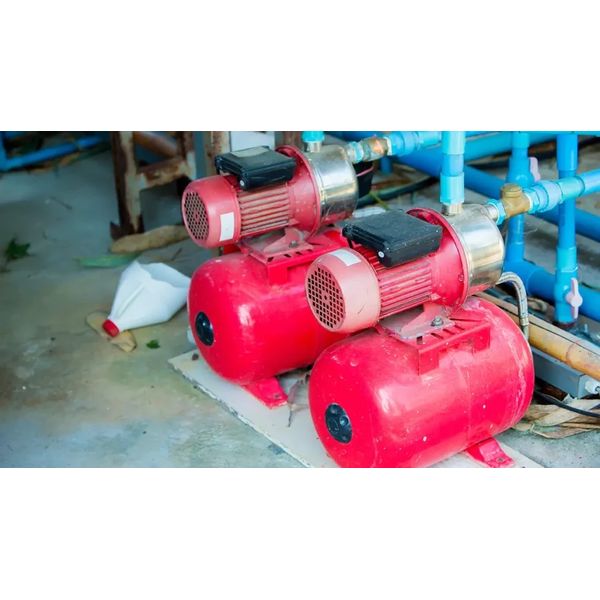
Choosing the right irrigation booster pump for your system is crucial to achieving the desired results. Different pumps are suited for various applications based on their design and functionality. Here’s an expanded overview of the most common types:
- Single-Stage Booster Pumps
Description:
These pumps feature a single impeller, making them the most straightforward type of irrigation booster pump. They are designed for applications requiring moderate pressure boosts without the need for complex configurations.
Features:
- Simple design with fewer components, resulting in lower maintenance needs and reduced downtime.
- Cost-effective solution for small-scale systems, with minimal upfront investment.
- Compact and lightweight, allowing for easy installation in tight spaces. o Reliable operation, ideal for consistent water pressure needs.
Best For:
- Small—to medium-sized irrigation systems are perfect for residential gardens, small farms, or greenhouses with modest and predictable water requirements.
- Flat or slightly uneven terrains: Suitable for applications with minimal elevation changes, ensuring steady performance without overloading the pump.
- Consistent water pressure needs: This is ideal for systems where water flow and pressure remain stable, reducing the risk of over-pressurization.
- Multi-Stage Booster Pumps
Description:
These pumps have multiple impellers that work together to achieve higher pressure levels. Their robust design makes them suitable for demanding applications that require reliable performance over larger areas or challenging terrains.
Features:
- High-pressure capabilities allow the pump to handle significant elevation changes and long-distance water delivery.
- Enhanced water volume handling ensures efficiency in large-scale irrigation systems, even during peak demand periods.
- Durable construction, designed to withstand rigorous usage and harsh environmental conditions.
- Flexible configurations, enabling customization for specific irrigation needs.
Best For:
- Large agricultural fields: Ensures adequate water delivery across vast areas, supporting the healthy growth of crops.
- Hilly terrains and uneven landscapes: Capable of overcoming elevation challenges while maintaining consistent pressure.
- Commercial and industrial applications: Designed for operations that demand a combination of high flow rates and pressure, such as golf courses, sports fields, or municipal irrigation systems.
- Variable Speed Booster Pumps
Description:
These technologically advanced pumps adjust their speed based on real-time system requirements, offering precise control and energy efficiency. They are ideal for setups where water demand fluctuates frequently.
Features:
- Integrated smart control systems that monitor water pressure and adjust pump speed automatically, ensuring optimal performance.
- Energy-saving operation reduces electricity costs by avoiding unnecessary power usage during low-demand periods.
- Reduced wear and tear, thanks to controlled operation, extending the pump’s lifespan.
- Quiet and smooth operation, minimizing noise pollution in residential or sensitive areas.
Best For:
- High-tech systems are perfect for modern irrigation setups equipped with IoT or smart irrigation controllers, where flexibility and precision are key.
- Energy-conscious applications: Ideal for users prioritizing sustainability and long-term cost savings through efficient power usage.
- Variable water pressure demands: This is suitable for systems with fluctuating irrigation needs, such as those with multiple zones or time-based watering schedules.
Understanding the specific demands of your irrigation setup will help you select the most suitable pump type, ensuring optimal performance, energy efficiency, and long-term cost-effectiveness. Choosing the right pump improves irrigation efficiency and contributes to water conservation and system reliability.
When investing in a booster pump for irrigation systems, prioritizing features that enhance performance, durability, and ease of use is essential. Selecting the right pump with the appropriate features will ensure efficiency, cost-effectiveness, and long-term reliability. Below are the key factors to consider:
- Energy Efficiency and Smart Control Features
Energy-Saving Modes:
Look for pumps equipped with energy-efficient technologies, such as variable-speed motors or adaptive control systems. These features allow the pump to adjust its performance based on actual demand, significantly reducing operational costs and the environmental footprint.
Automation and IoT Integration:
Advanced booster pumps often include IoT-enabled functionality, enabling remote monitoring and control via smartphones or computers. Features such as real-time data reporting on pressure, flow rates, and energy consumption empower users to optimize water usage and detect potential issues early.
Ideal for large-scale operations, Automated systems reduce the need for constant manual oversight and streamline management for extensive irrigation setups.
Customizable settings: Pumps with programmable controls allow users to set schedules, pressure ranges, and alerts for maximum efficiency.
- Durability and Weather Resistance
Materials:
Pumps constructed from corrosion-resistant materials, such as stainless steel or high-quality thermoplastics, are essential for withstanding the wear and tear of continuous use. These materials resist damage from exposure to water, chemicals, and harsh environmental conditions.
Weatherproof Design:
For outdoor installations, consider pumps designed to withstand extreme weather conditions, such as heavy rainfall, high humidity, and fluctuating temperatures. Weatherproof casings and seals help protect internal components, ensuring consistent performance regardless of the environment.
- UV protection: Some pumps come with UV-resistant coatings to prevent degradation from prolonged sun exposure.
- Enhanced lifespan: Robust designs reduce the need for frequent replacements, offering better long-term value.
- Maintenance-Friendly Design
Ease of Access:
Choose models with user-friendly layouts that provide easy access to key components like impellers, seals, and filters. This will simplify routine inspections, cleaning, and repairs and minimize downtime.
Spare Parts Availability:
Opt for pumps from manufacturers that ensure the availability of spare parts locally or through reliable distributors. Quick access to replacement parts reduces delays during repairs, keeping irrigation systems running smoothly.
By focusing on these features, you can invest in an irrigation booster pump that meets your operational needs while ensuring efficiency, durability, and ease of maintenance.
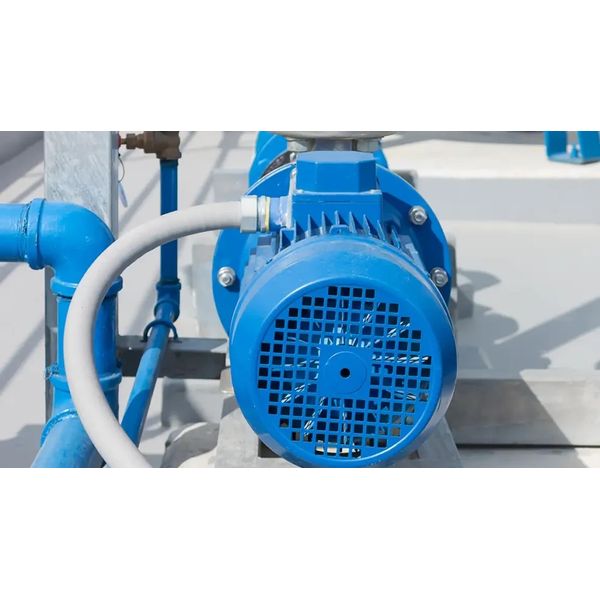
Proper installation and regular maintenance are essential to maximize the efficiency and lifespan of your irrigation booster pump. By following these best practices and maintenance guidelines, you can ensure consistent performance and avoid costly downtime.
Installation Best Practices
Location:
- Select a stable, level surface for installation to minimize vibrations and ensure the pump operates smoothly.
- To protect the pump from damage and blockages, position it away from areas prone to flooding, excessive dust, or debris.
- For outdoor setups, consider a sheltered area or a weatherproof cover to shield the pump from direct sunlight, rain, and extreme temperatures.
Pipe Compatibility:
- Ensure the pump’s inlet and outlet pipes are appropriately sized to match the dimensions of your irrigation system. Incorrect pipe sizing can lead to reduced water flow, increased pressure loss, or pump strain.
- Use high-quality connectors and seals to prevent leaks at joints and fittings, maintaining consistent pressure throughout the system.
Electrical Safety:
- Verify that the power source matches the pump’s voltage and current requirements to prevent overloading or electrical hazards.
- Ensure proper grounding and use a circuit breaker or surge protector to safeguard the pump against power surges.
- Follow manufacturer guidelines for wiring connections and consider hiring a licensed electrician for complex installations.
Visual Inspections:
- Inspect the pump regularly for signs of wear, leaks, or unusual noises, which may indicate issues such as loose components or blockages.
- Examine hoses, connectors, and seals for cracks or wear and replace any damaged parts promptly to prevent system inefficiency.
Lubrication:
- Lubricate moving parts, such as bearings or impellers, according to the manufacturer’s recommendations. Proper lubrication reduces friction and extends the pump’s operational lifespan.
Filter Cleaning:
- Clean or replace filters at regular intervals to prevent clogging and maintain optimal water flow.
- Check prefilters or strainers for debris accumulation, especially in systems that draw water from natural sources like rivers or ponds.
Seasonal Shutdown and Restart:
- If the pump is not used during certain seasons, drain it completely and store it in a dry, frost-free area to prevent freezing damage. o Before restarting, inspect all components, reconnect securely, and test for proper operation.
By adhering to these installation and maintenance tips, you can ensure your irrigation booster pump operates efficiently and reliably, reducing long-term costs and ensuring optimal irrigation performance.
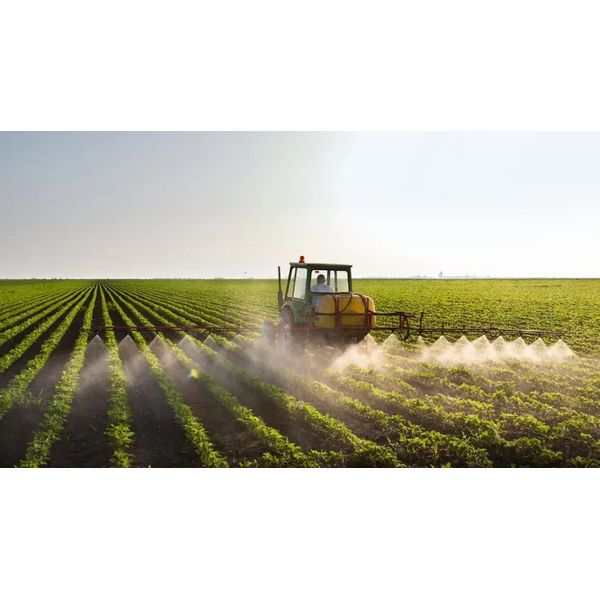
An irrigation booster pump is an essential tool for efficient water management in modern irrigation systems. It improves water distribution, enhances crop yields, reduces energy costs, and ensures system reliability. By investing in the right booster pump, irrigation systems can optimize performance and achieve sustainability goals.
Explore DAE Pumps’ wide range of booster irrigation pumps designed to meet your specific needs. Contact us today to find the perfect solution for your irrigation system!
